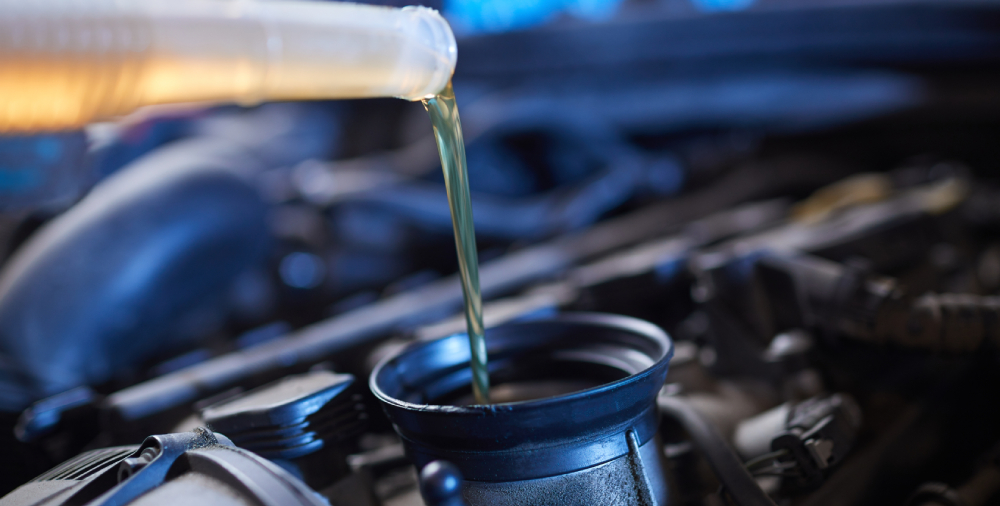An oil change is the most routine maintenance task for any vehicle. (important). Oil changes are needed to maintain engine lubrication for the engine’s moving parts. Without new, fresh oil, dirt and sludge build-up in the engine and will eventually affect your vehicle’s performance. While it is far from the only way to properly maintain your vehicle, oil changes are essential.
You need an oil change about every 3,000 miles or every six months, which typically is easy to keep track of. But sometimes you need to inspect your engine oil level for yourself to determine when an oil change is necessary and if your engine’s performing properly. In this article, we will give you a step-by-step guide to checking your car’s engine oil.
What’s Needed to Check Your Car’s Oil?
When inspecting your oil, you’ll need a few items:
- Lint free rag. Old washcloths or t-shirts usually work well. Paper towels, depending on their softness and type, sometimes contain too much lint.
- Your vehicle’s dipstick. Your dipstick is part of the engine and will be essential to checking your engine’s oil level. Make sure you see it when getting started. Dipsticks usually have a highly-visible orange or yellow circular handle on the left side of the engine.
- Flashlight. Depending on the time and location of your oil inspection, a flashlight can be helpful. You typically never want to use your phone’s flashlight when working under the hood.
- Owner’s Manual. If you run into any problems or questions, it’s always best to first consult your owner’s manual. Keep this close as you perform an oil inspection.
Checking Your Car’s Oil: Step-by-step Guide
- Park your vehicle on level ground with the engine off and pop your hood. The hood-release lever is typically on the left side of the instrument panel on the driver’s side. You’ll also need to unlatch the safety catch under the front edge of the hood to fully raise the hood.
- Let your vehicle sit for a few minutes to allow the engine to cool down. Anytime you are inspecting or working under the hood, you’ll want to ensure it’s cool and safe.
- After you’ve let the engine sit and located the dipstick, fully pull the dipstick out of the tube which it sits in.
- Wipe any oil off the end of the dipstick with your lint free rag and then insert the dipstick back into its tube, all the way back into the engine.
- Fully pull the dipstick out again and inspect the dipstick’s oil level indicator. This will vary depending on vehicle make and model. Some dipsticks have two lines: the lower indicating oil level is one quart low and the upper indicating the car’s oil tank is full. But other dipsticks are marked with min and max lines. As long as the oil is between those two indicator lines, the oil level is okay.
- Finish up by putting the dipstick back into the engine and closing your hood.
Inspecting the Oil Itself, if Needed
If your oil level is okay, but something still feels wrong with your vehicle, such as poor performance, the check engine light is on, or increased engine noise, you may want to look at your vehicle’s oil to see if you still may need to change the oil. When your dipstick is out after step 5 in the previous section, take a close look at the oil itself. If it’s dark, muddy, or has a burnt smell, it is best to replace this oil.
- Performance Muffler Can Help You With Your Vehicle
Performance Muffler has a team of automotive experts that can help with exhaust repairs and replacement, catalytic converter services, cat-back exhaust systems, and more. We’ve been performing top custom car work in the Phoenix area since 2007.
Contact us for a free quote to service or improve your vehicle and browse our blog for more automotive tips and tricks, such as jump-starting your car, prepping your car for the winter, and more.

